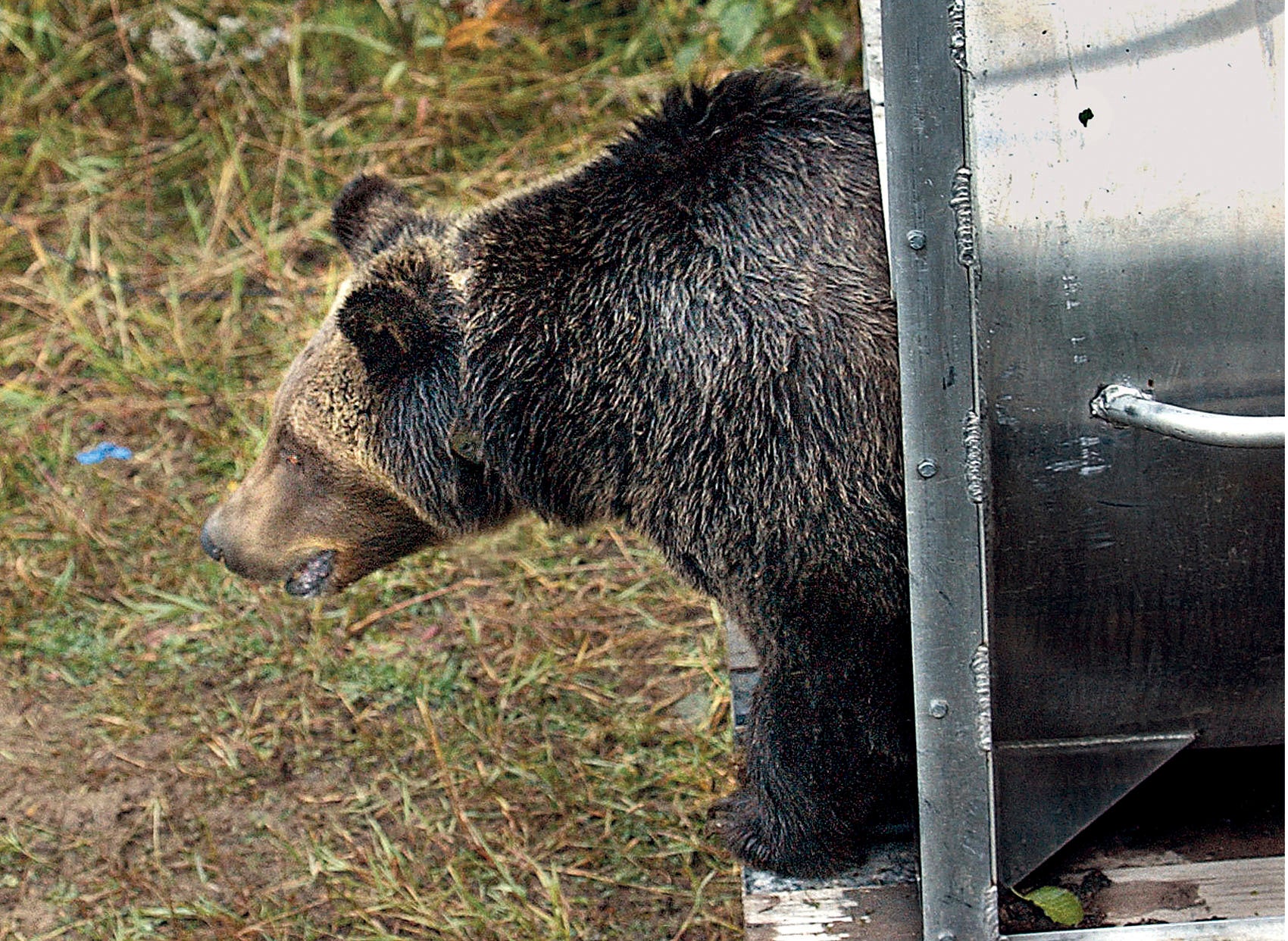Montana advances grizzly bear plans that could allow hunting
Montana wildlife officials have advanced plans that could allow grizzly bear hunting in areas around Glacier and Yellowstone national parks if states in the U.S. northern Rockies succeed in their attempts to end federal protections for the bruins

Your support helps us to tell the story
From reproductive rights to climate change to Big Tech, The Independent is on the ground when the story is developing. Whether it's investigating the financials of Elon Musk's pro-Trump PAC or producing our latest documentary, 'The A Word', which shines a light on the American women fighting for reproductive rights, we know how important it is to parse out the facts from the messaging.
At such a critical moment in US history, we need reporters on the ground. Your donation allows us to keep sending journalists to speak to both sides of the story.
The Independent is trusted by Americans across the entire political spectrum. And unlike many other quality news outlets, we choose not to lock Americans out of our reporting and analysis with paywalls. We believe quality journalism should be available to everyone, paid for by those who can afford it.
Your support makes all the difference.Montana wildlife officials on Tuesday advanced plans that could allow grizzly bear hunting in areas around Glacier and Yellowstone national parks, if states in the U.S. northern Rockies succeed in their attempts to lift federal protections for the animals.
Grizzlies in the region have been protected as a threatened species since 1975 and were shielded from hunting for most of that time.
Montana Gov. Greg Gianforte last month announced the state intends to petition the Biden administration to lift threatened species protections for Glacier-area grizzlies. Wyoming Gov. Mark Gordon is leading a similar push to end protections for Yellowstone area bears.
The two regions have the most bears in the U.S. outside Alaska, the only state that currently allows hunting.
As officials seek to make the case that protections are no longer needed, Montana wildlife commissioners voted to sign onto a multistate plan to maintain more than 900 bears in the Yellowstone area. Wyoming already has signed onto the plan, which would allow limited hunting. Idaho officials are expected to consider it next month.
Montana commissioners also gave preliminary approval to revisions to Glacier-area bear population targets that could allow hunting of grizzlies in northwestern portions of the state if federal protections end. The rule calls for maintaining a population of more than 800 bears.
Details on any future hunting seasons would be established at a later date.
Wildlife advocates have objected to the bid to lift protections, saying state officials in the northern Rockies are intent on driving down populations of grizzlies and another predator, gray wolves.
But state officials — backed by livestock and hunting groups — say bear populations need to be more closely controlled. They cite increasing conflicts between bears and humans, including attacks on livestock and occasional maulings of people
As many as 50,000 grizzly bears once ranged the western half of the U.S. Most were killed by hunting, trapping and habitat loss following the arrival of European settlers in the late 1800s. Populations declined to fewer than 1,000 bears in the Lower 48 states by the time they were given federal protections in 1975.
The last grizzly hunts in the U.S. outside Alaska were in the early 1990s, under an exemption to protections that allowed 14 bears to be killed each fall in Montana.
When Yellowstone grizzlies briefly lost protections under President Donald Trump’s administration, Wyoming and Idaho scheduled hunts for 22 bears in Wyoming and one in Idaho, with hunting permits offered by lottery. A federal judge stepped in at the last minute and restored protections, a decision later upheld by the 9th U.S. Circuit Court of Appeals.
The U.S. Fish and Wildlife Service recommended in March to keep threatened-species protections for grizzlies. The agency cited a lack of connections between the bears’ best areas of habitat and people killing them, among other reasons.